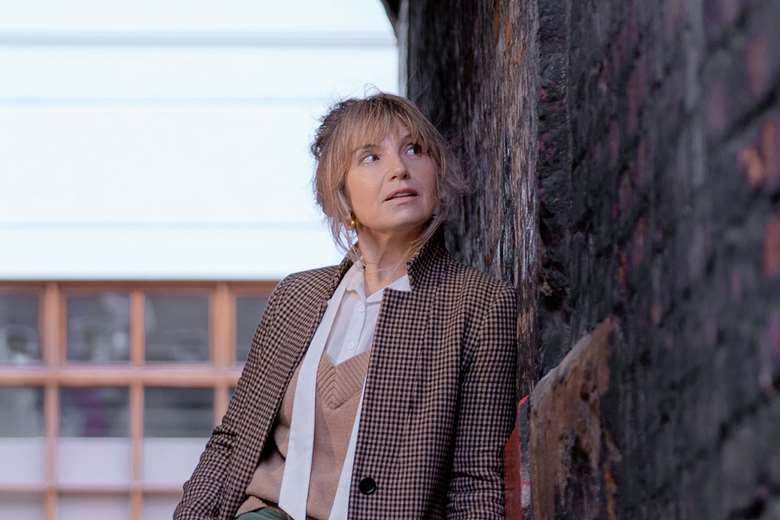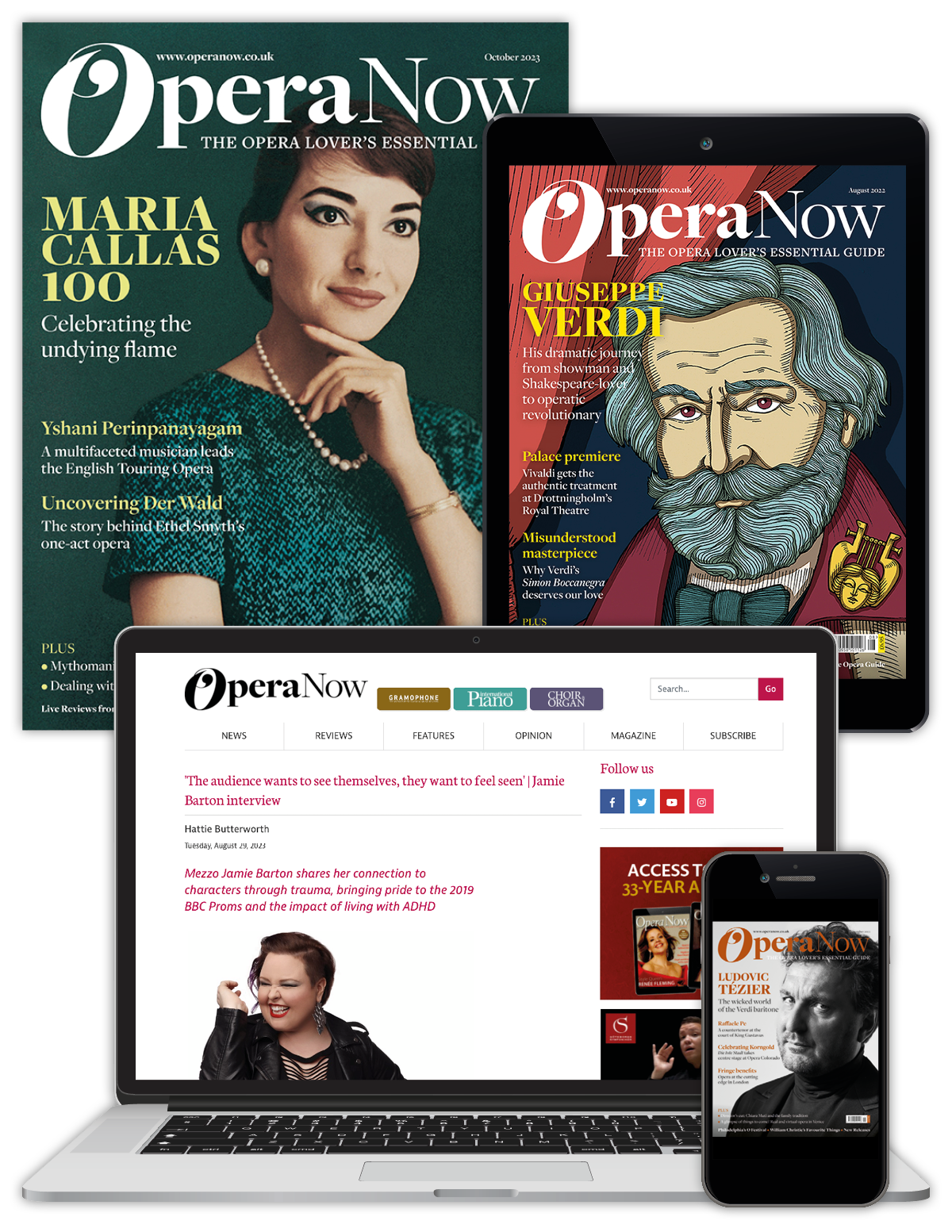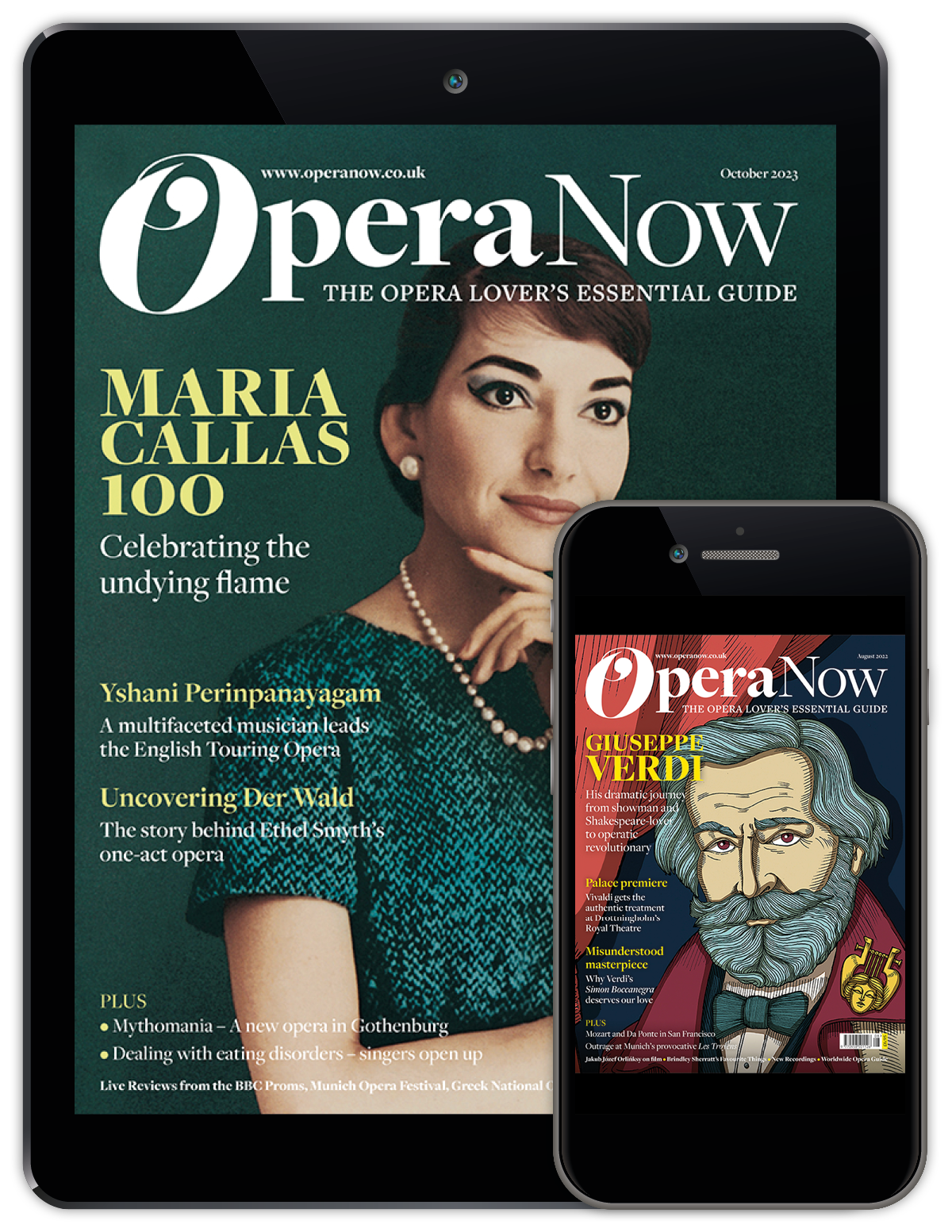The importance of making legendary opera roles you own
Claire Booth
Friday, October 11, 2024
Certain repertoire has the weight of history on its shoulders, but we should remember that previous singers were only interpreters

Once when I was preparing for Scottish Opera’s production of Rossini’s heroine, Rosina, a coach pointed me towards a tome containing various ornamentations and cadenzas suitable for the famous opening aria, ‘Una voce poco fa’. These, I was told, were the options available, and furthermore, as I was a soprano, if I didn’t include a sparkling top C towards the end, it would be a poor show. While I don’t discount the brilliance of Callas, Berganza and others, I remember thinking, what about my version? Do I have to repeat what they’ve done already? Rossini famously disapproved of ‘free’ ornamentation: his coloratura vocal parts were written out fully, including all the ornamentation he wanted with the insistence that performers sing his music exactly as written. Performance practice has clearly moved on from his time, and it can be important to both revel in the virtuosity of embellishment, and understand previous creative practice. However, there seems little reason why things should have got stuck in the mid 20th century, with certain versions still de rigeur over 50 years later. As I recall, my own ornamentation employed a sprinkling of modernist chromaticism, and while I wouldn’t expect them to grace the next volume of Rossini cadenzas they undoubtedly came from my own musicality and creativity, the singer booked to perform that role, in that moment.
Certain repertoire inevitably has the weight of history on its shoulders, but it’s useful to remember that previous soloists are only interpreters. It’s sometimes hard to escape Kiri Te Kanawa’s Porgi, amor or Fisher-Diskau’s Schubert Lieder. It’s easy to see these admittedly incredible performances as echt portrayals, the standard by which all other musicianship should be measured, however theirs is only one interpretation, one version. This isn’t helpful for performers, who can grow up aping other artists, rather than understanding their own innate musicianship, and not helpful for audiences, encouraged to believe there’s one way or the highway, or at the very least a notion of performance practice hierarchy.
Recently, preparing Strauss’ Four Last Songs, it was liberating to hear from my coach that I shouldn’t try to emulate Schwarzkopf’s fêted recording from the 1960s. Attempting to spin a pianissimo line in the recording studio was a totally different thing from being heard over a full orchestra on the concert platform, and I should approach the work as such.
If performers are freed up to find spontaneity in live performance, they can remind audiences that performers should be bringing something distinctive to that ‘once in a lifetime’ experience. After all, to attend a concert and merely have your expectations confirmed feels a missed opportunity.
It’s interesting to consider what the jazz tradition might teach us here. Jazz musicians I’ve worked with often talk of freedom within structure, with the ability to (re)interpret deriving from a complete structural understanding of the source material. In the classical tradition, soloists often stop at the end of that structured source material, not seeking the freedom beyond. It’s easy to feel judged by our ability to demonstrate the purest form of structure, rather than have confidence in our ability to bring something individual to the music we perform. Nigel Kennedy credits his collaboration with jazz violinist Stéphane Grappelli as central to his view of music, with Yehudi Menuhin thoroughly supportive of a direction which allowed ‘the kid to think for himself’. Kennedy is one of many creatives encouraging teachers to incorporate a range of musical styles into their lessons, and it’s interesting to think whether conservatoires encourage enough risk-taking in terms of interpretation. Music colleges already have a huge task in preparing young musicians for the creative sector at large; are students necessarily guided towards thinking about music afresh? Once in the professional world, do festivals and music promoters reward innovation?
In the current UK creative climate, battered and bruised by Brexit and the pandemic, it’s vital that although young artists should understand the historical canon of creativity, they are not blinded from developing their own individual responses. Performers should always ask questions of the repertoire they perform and the teachers they learn it from. Not every performer should be scratching their head to be distinctive, but we should all be open to what our musicality might bring to our own creative practice, to the programmes we curate and the audiences we engage with. From Il Giardino Armonico’s Four Seasons to Gwilym Simcock’s interpretations of Ravel, Thomas Oliemans’ self-accompanying Winterreise to Peter Grimes on Aldeburgh Beach: the possibilities of (re)interpretation should be absolutely celebrated and encouraged.
This article originally appeared in the Winter 2024 issue of Opera Now. Never miss an issue – subscribe today






